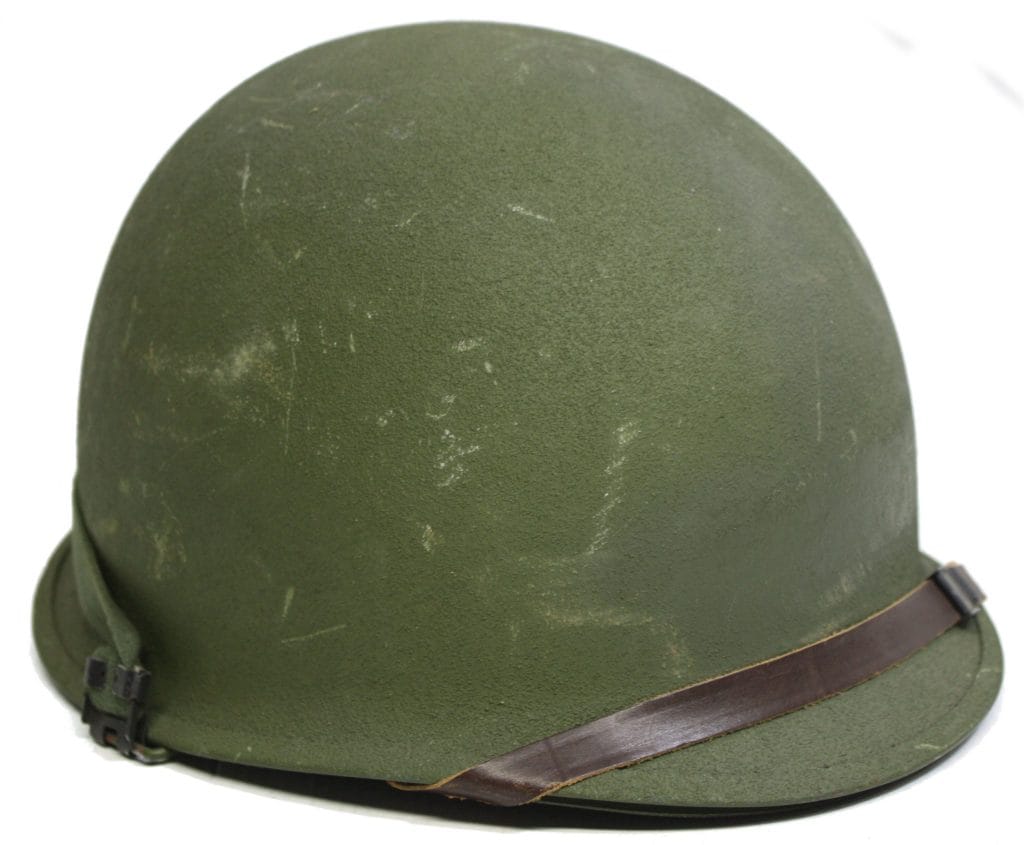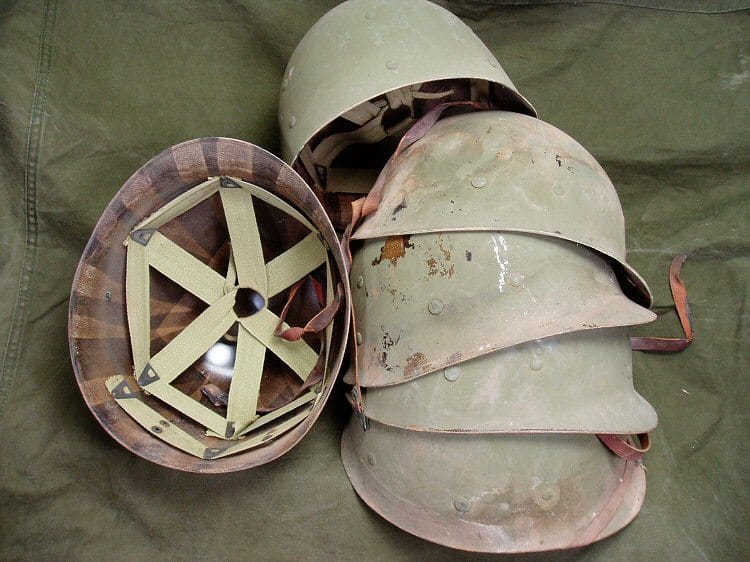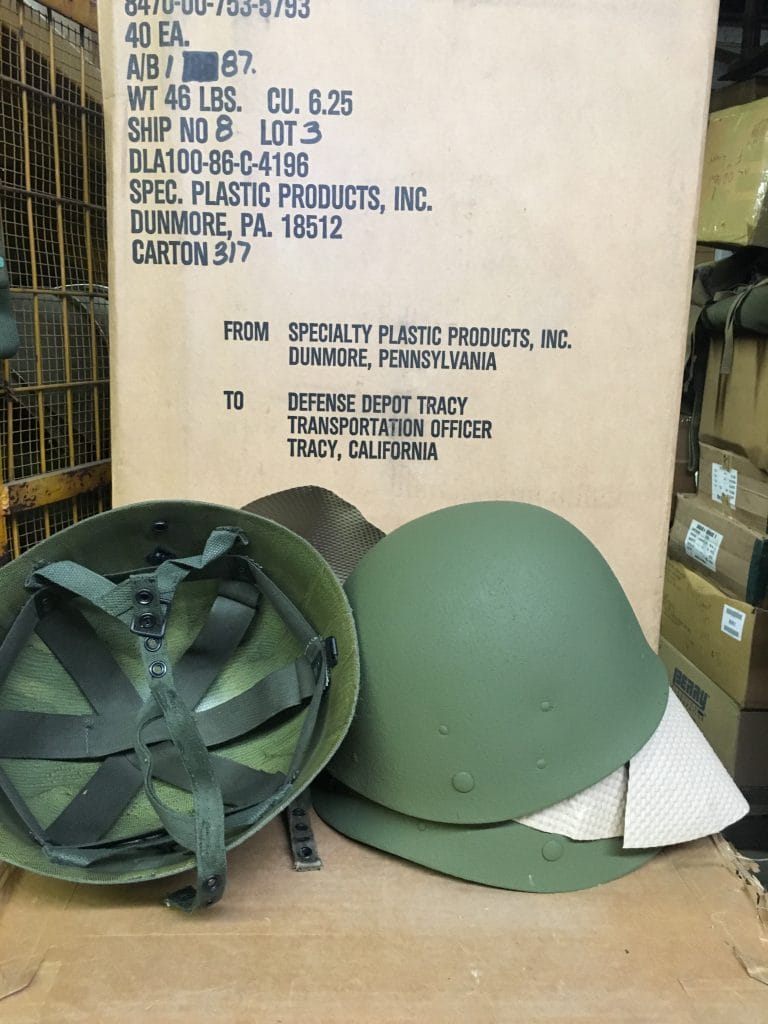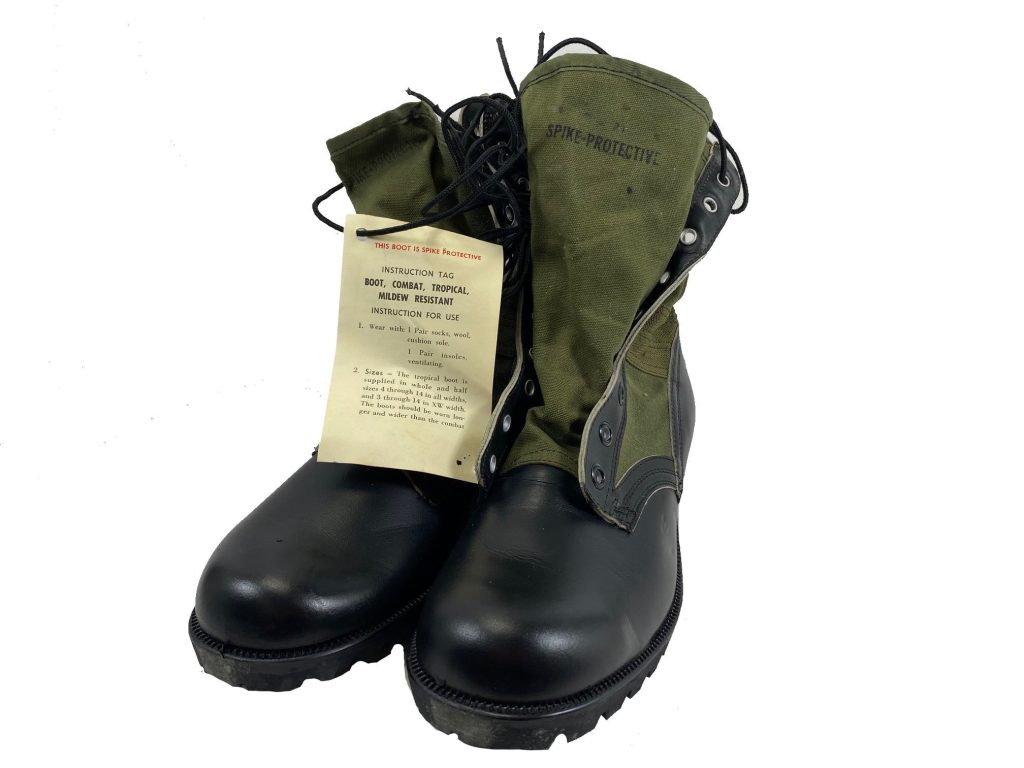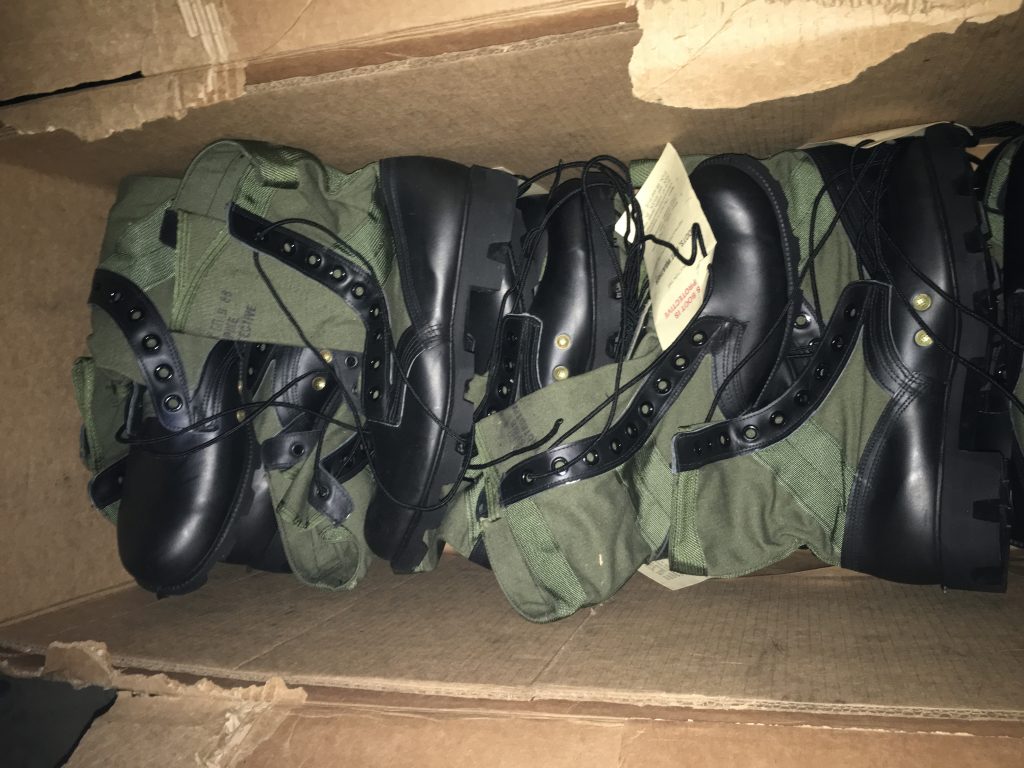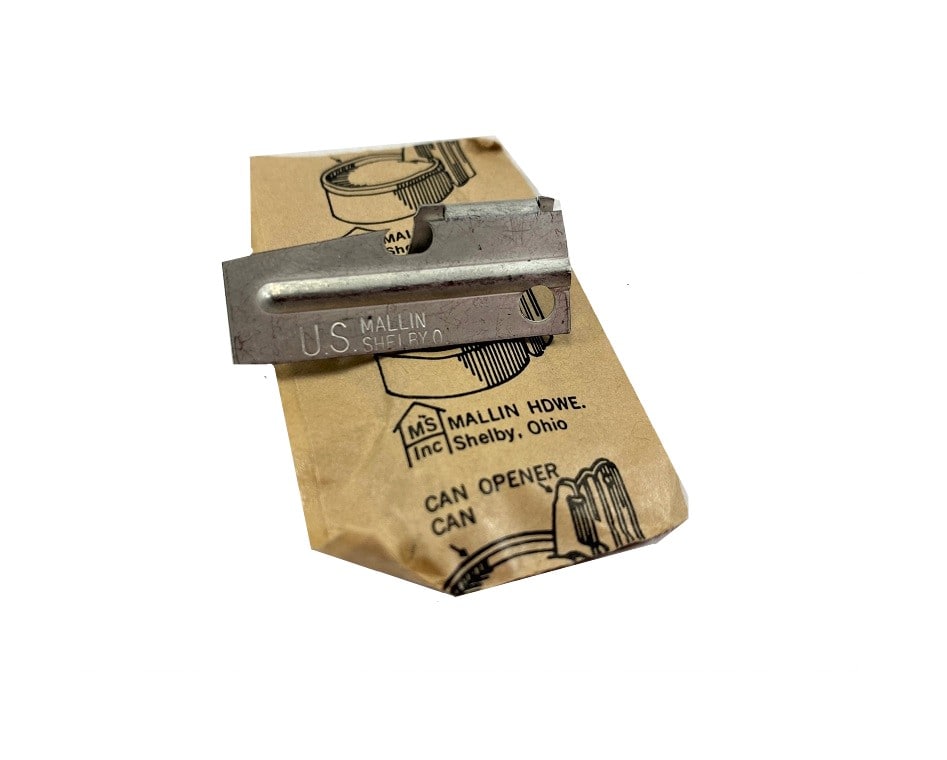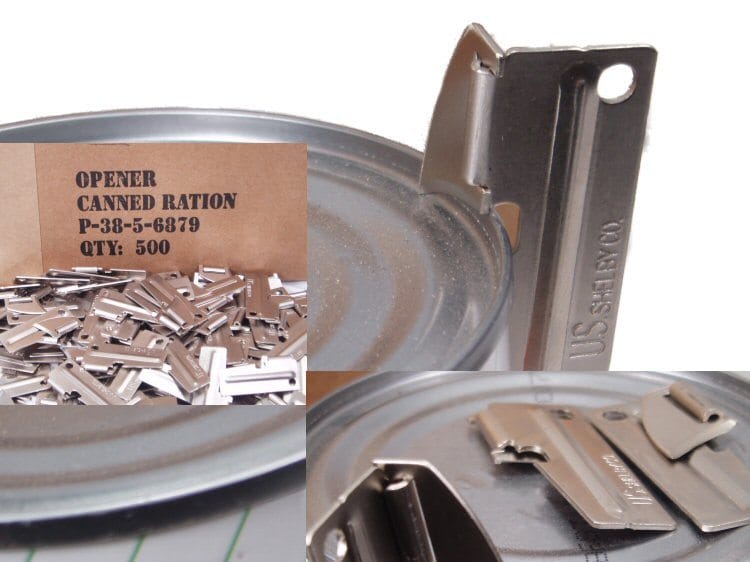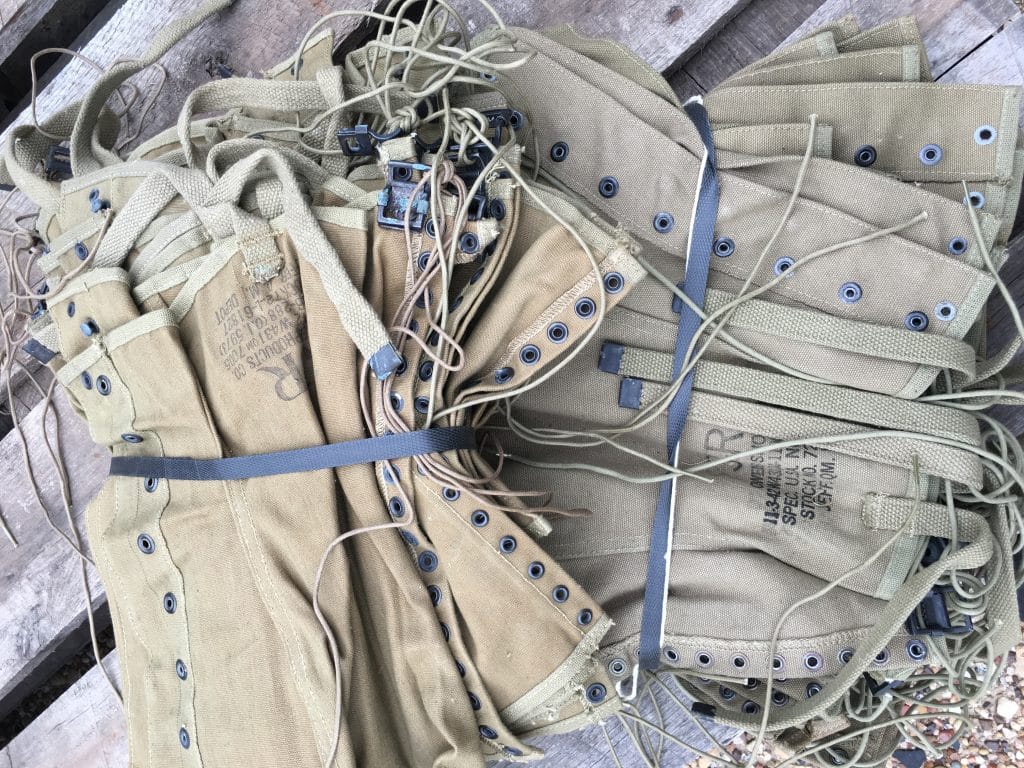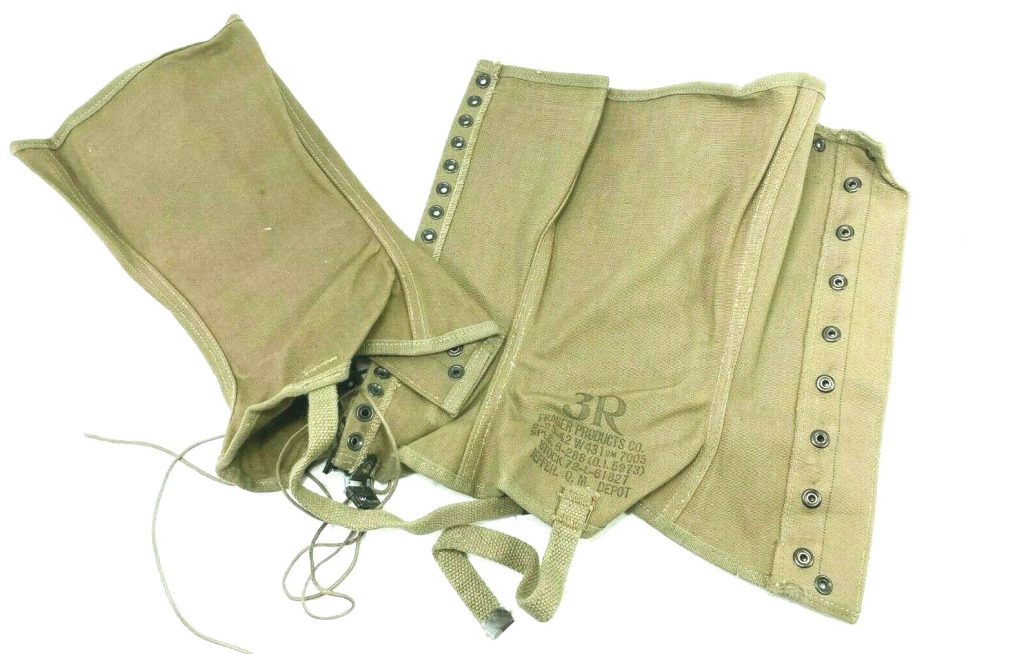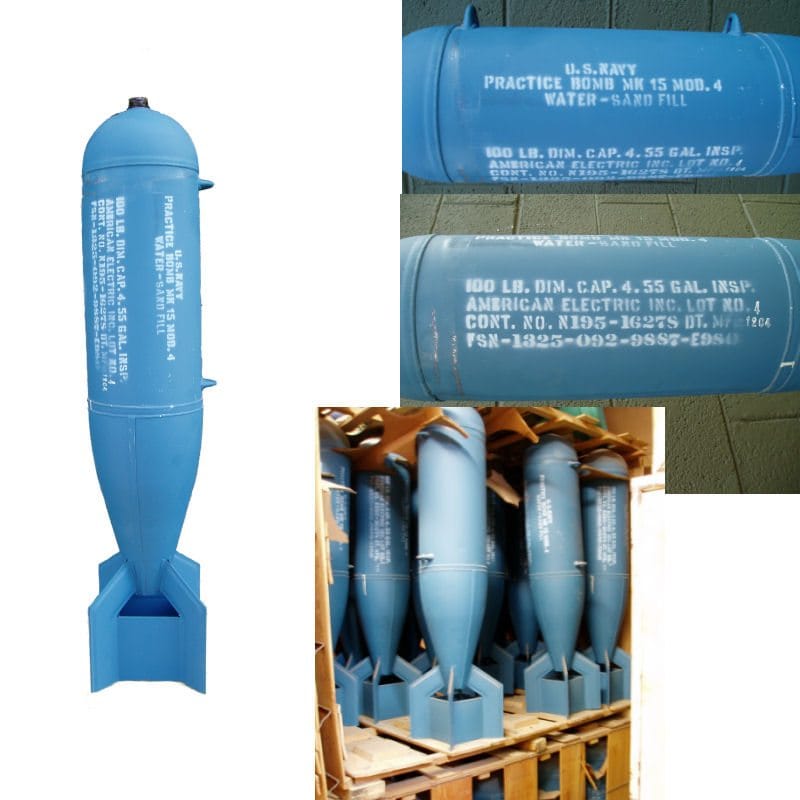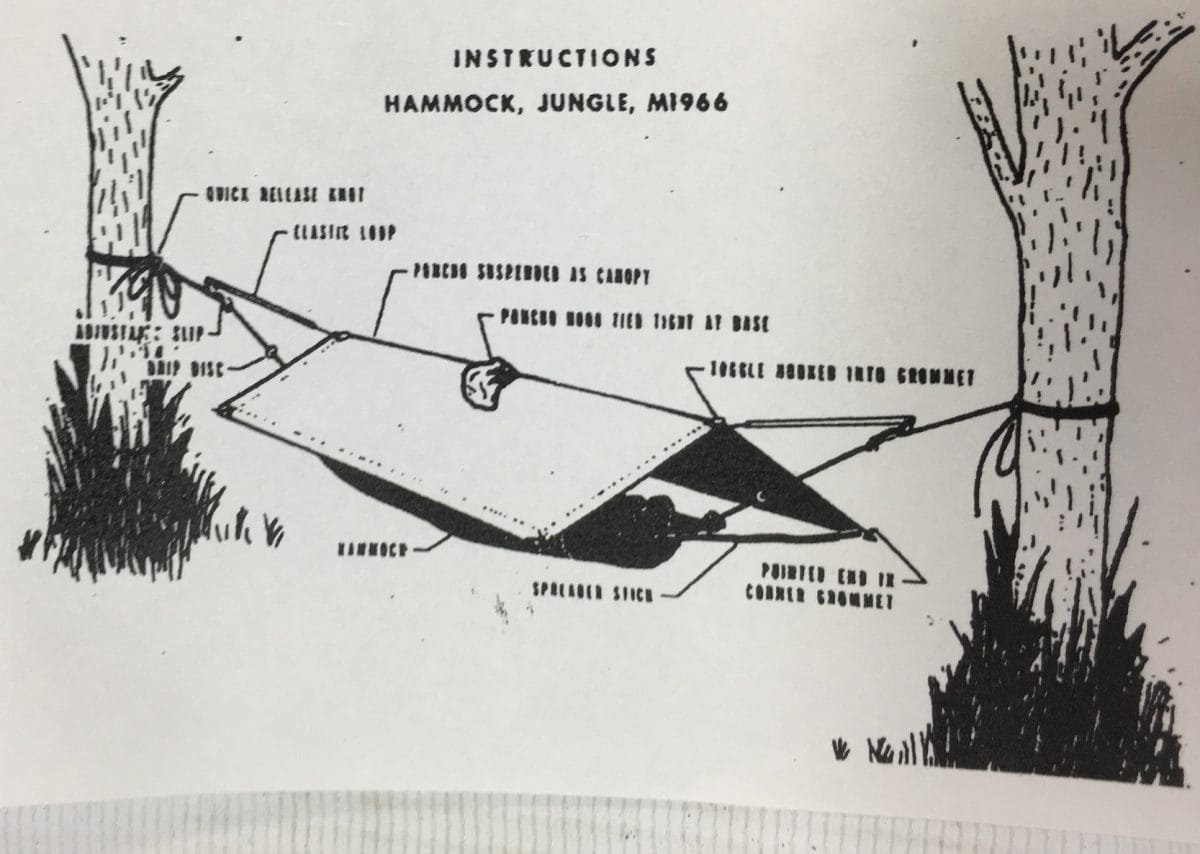
Sleeping in a hammock
When you are outdoors.
It’s hot, wet, and infested with mosquitoes, bugs and snakes; and the last place you want to lay-in for the night is on the jungle floor. A hammock is the best way to sleep out in the wild , since it offers you an escape from the ravages of extreme environments. We know that when you think hammock, a net material comes first to mind. The ventilation provided by a netting is perfectly optimal on the beach or out in the backyard on a lazy Sunday afternoon. But if you are on top of a 1 inch square mesh fabric, there is no protection offered against mosquitoes and biting flies. So the military developed the solid nylon material to sleep on. The nylon itself is heavy-gauge weave like the latest issue nylon cot covers are today. The jungle hammock is simple in design. A sleeve, sewn on each of the ends, allows for a braided nylon support rope to slip through each end allowing a simple bowline knot on the outside and the 10ft of nylon rope to hang this hammock between two structures (most likely trees). However, many an enterprising sleeper, has tied-off one end of the hammock to a vehicle, large tent, building or unique rock structure.
The hammock is multi-faceted and the first component is strength. The next is to shield against the elements such as protect against the rain, which in the jungles of Vietnam, can be torrential at times and linger-on for days. U.S. military engineers devised a way that allowed a rope down the length of the hammock, stretched between the two lines holding up the hammock. A special guy-line attachment on the support ropes allows for the roof support for the military issue poncho. Yes, the poncho that every fighter in Vietnam carried and wore, would make for the perfect roof on top of the jungle hammock. In addition, if the mosquitoes were especially bad, one could lay a mosquito net under the poncho as well.
While these original issue Vietnam hammocks are hot on the collectible and display market, they are great for your next camping trip as well. The solid material design becoming the norm in high-end camping hammocks. They are simple and very comfortable. Mesh net fabric has its drawbacks, not the least of which, you can get yourself pretty darn tangled up in those things.

